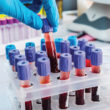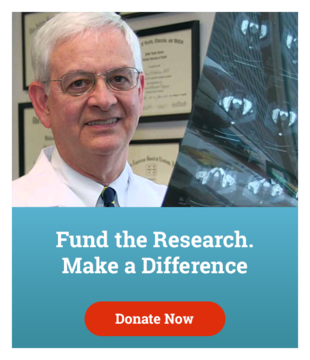FDA Advisory Panel Rejects Proscar and Avodart to Reduce Risk of Prostate Cancer

In December, 2010 an FDA advisory panel met to evaluate two proposals for the use of 5a reductase inhibitors to reduce the risk of prostate cancer.
The panel rejected both voting 17-0 with one abstention that the risks of Proscar outweighed its benefits and 14-2 with two abstentions against Avodart.
Many urologists were surprised and disappointed by this outcome because of the encouraging information they had heard regarding their efficacy and safety.
For this reason I thought it was important to share some of the new findings that were presented at this meeting.
New Findings

The FDA reviewed the primary data from the Prostate Cancer Prevention Trial (PCPT) and determined that there was confusion about the classification of cases included in the for-cause biopsies performed in the first seven years (prompted by an abnormal digital rectal examination or PSA corrected for the effect of the drug) and at the end of the study (in individuals with no indication for a biopsy). Following careful study and reclassification, this changed the results dramatically.
In the original report, there was a 25% reduction in the number of cancers diagnosed for-cause during the first seven years and no increase in high grade cancers in the end of study biopsies.
In contrast, after this reanalysis, there was only a 14% reduction in the number of cancers diagnosed for-cause and a 2.3 increased relative risk of Gleason 8-10 disease in the end of study biopsies.
Also, they reexamined and rejected the claim that the increase in Gleason 8-10 tumors was caused by the improved ability to find them on biopsy in small prostates or improved detection by PSA.
They also reexamined the highgrade cancers that were diagnosed in patients who were treated with Avodart for four years.
In the original publication, there were 12 high-grade cancers in the patients treated with Avodart and 1 in the control group. However, using the modified Gleason score (which assigns a higher grade based upon the tertiary pattern), they found 14 patients with Gleason 8-10 disease in the Avodart group versus none in the control group.
Conclusion
Based upon these and other observations, they concluded that if 200 men were treated with one of these agents, there would be 3 fewer men diagnosed with prostate cancer but one more found to have a Gleason 8-10 tumor.
I believe that these new findings, which gave a much clearer picture of the risk/benefit ratio, represent the major factor that influenced the committee’s decision.
It’s important for urologists (and primary care physicians) who are currently using these drugs for prevention to understand this information.
The FDA has recently notified GlaxoSmithKlein that their application was not approved.



“Some drug companies that produce drugs used to shrink an enlarged prostate and treat male-pattern hair loss have also suggested these drugs can prevent prostate cancer. An FDA panel overwhelmingly rejected their claim for cancer prevention and raised the same concerns that I have raised in several QUEST articles about the risk of these drugs being associated with a greater risk for high-grade aggressive prostate cancer with long-term use.”
— William J. Catalona, MD
For two past articles in QUEST on the risks from using Avodart and Proscar, go to the past issues section on www.drcatalona.com
Fall, 2009 QUEST, page 6: Avodart No Different From Finasteride: It Also Might Mask High-Grade Prostate Cancer
Winter, 2009 QUEST, page 16: More Findings Link Finasteride to High-Grade Tumors







